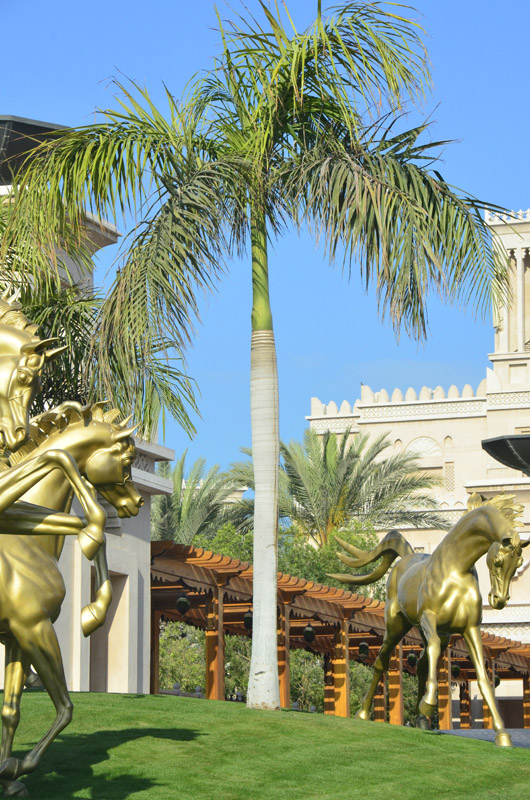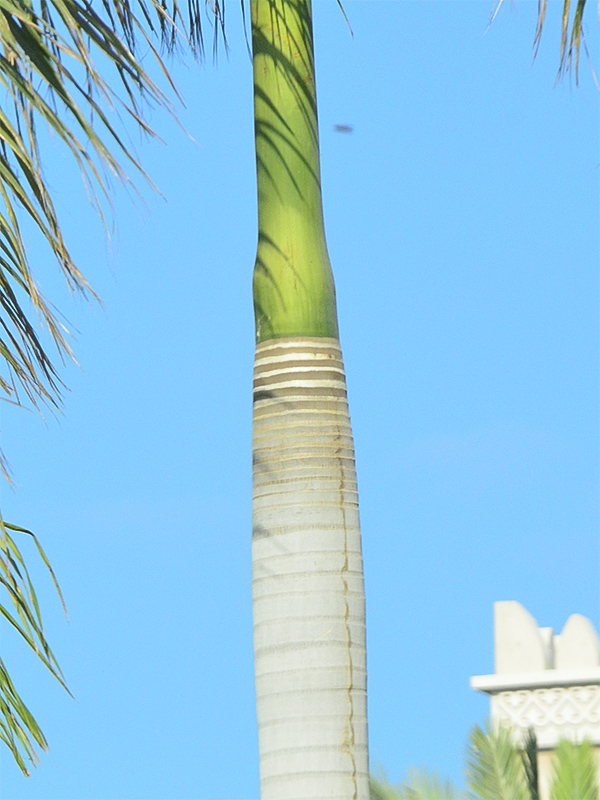| Shape | Upright. |
| Landscape | Accent tree, tropical landscapes, city and courtyard gardens in a tropical setting, mass plantings, oceanside landscapes where sand is abundant or a specimen. |
| Propagation | From seed; germinate in a damp paper towel. |
| Cultivation | Plant in full sun to partial sun in a well-draining sandy soil. Allow soil to completely dry between waterings. |
| Bark/Stem Description | Smooth, dense, glaborous stem-like bark toward the apex of the trunk. An immediate separation between palm-like layered bark and smooth glaborous bark. Palm-like bark is coarse and woody. |
| Leaf Description | Trees have about 15 leaves which can be up to 4 m long. |
| Flower Description | The flowers are white with pinkish anthers. |
| Fruit Description | The fruit are spheroid to ellipsoid in shape, 9 - 15 mm long and 7 - 11 mm wide. They are green when immature, turning red and eventually purplish-black as they mature. |
| Texture Description | Smooth but also coarse. |

